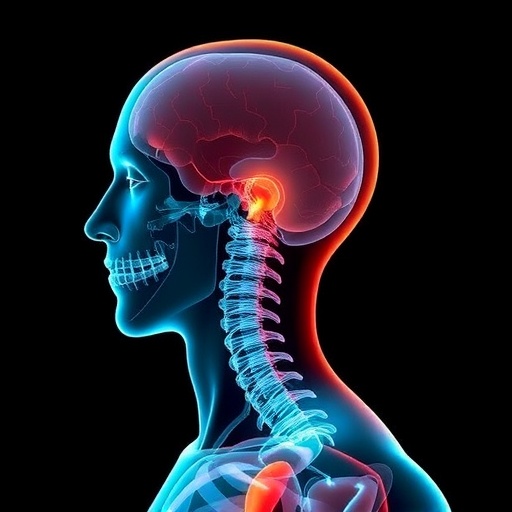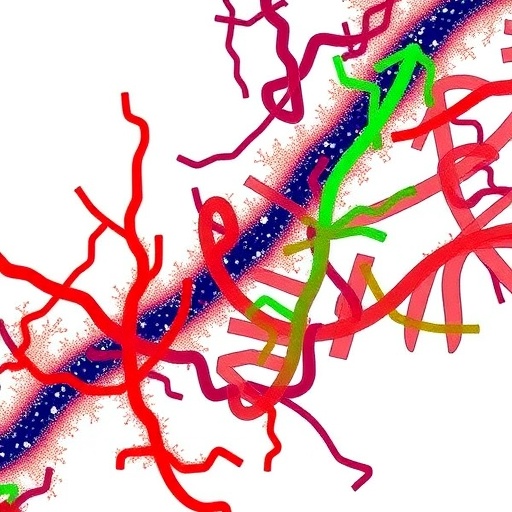This report provides evidence that the solitary pre-sensitization to LPS is essential for the onset of Ni allergy by shifting the Th1/Th2 immune balance toward a Th1 dominant.
Metal allergies caused by exposure to sensitizing metals including nickel (Ni), cobalt, chromium, palladium, and gold [Schmidt M, J Dtsch Dermatol Ges. 2015]. Among them, Ni is the most common cause of metal-induced allergies in prosthodontic treatment [Darlenski R, Int J Dermatol. 2012]. Allergic reactions induced by metals are, in general, classified as Type IV. However, the action mechanisms of Ni are pleiotropic. Ni exposure can also elicit Type I hypersensitivity [Büyüköztürk S, Int Immunopharmacol. 2015] mediated by Th2 cells. Interestingly, the Ni allergy can occur even in T-cell-deficient nude mice [Sato N, Clin Exp Allergy. 2007].
In addition to Ni, the bacterial environment is an important factor in the development of metal allergies [Sato N, Clin Exp Allergy. 2007]. Lipopolisaccharide (LPS), the component of the outer membrane of Gram-negative bacteria, promotes allergic responses of Ni at both the sensitization and elicitation steps [Kinbara M, Br J Dermatol. 2011]. However, in these experiments, the effects of simultaneously injecting LPS as an adjuvant with Ni may not recreate the essential conditions associated with the anamnestic history of inflammation adjoining periodontitis.
In order to examine the pre-existing condition of LPS upon Ni allergy, in this report, authors showed first that anamnestic pre-treatment of C57BL/6J mice by LPS even predated 3 weeks effectively enhanced Ni allergy. They evaluated the IFN-gamma-producing capability of spleen cells. Their results may demonstrate that the accumulated immune memory by LPS shares a common pathway with the action mechanism of Ni, and also suggest that not only a present illness but also an anamnestic history of oral infectious disease could cause Ni hypersensitivity.
###
For more information about the article, please visit https://benthamopen.com/ABSTRACT/TODENTJ-10-531
Reference: Adachi, N.; (2016). Promotion of Nickel (Ni) Allergy by Anamnestic Sensitization with a Bacterial Component, Lipopolysaccharide (LPS), in Mice. Open Dent J., DOI: 10.2174/1874210601610010531
Media Contact
Faizan ul Haq
[email protected]
@BenthamScienceP
http://benthamscience.com/
############
Story Source: Materials provided by Scienmag




